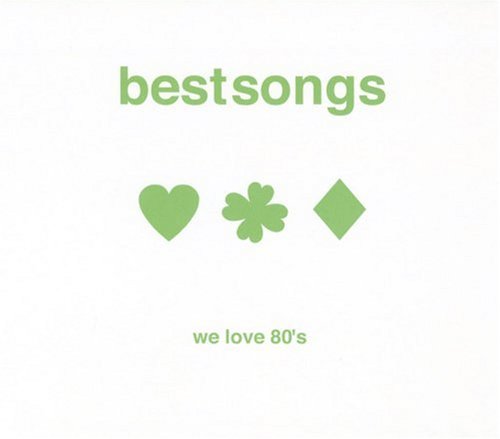Item is not available
member goods
No member items were found under this heading.
listens & views

NATIVE ENGLISH DE KIKU J-POP ...
by NATIVE ENGLISH DE KIKU J-POP REQUEST: KOWARE KAKE
COMPACT DISCout of stock
$18.99
Return Policy
All sales are final
Shipping
No special shipping considerations available.
Shipping fees determined at checkout.






